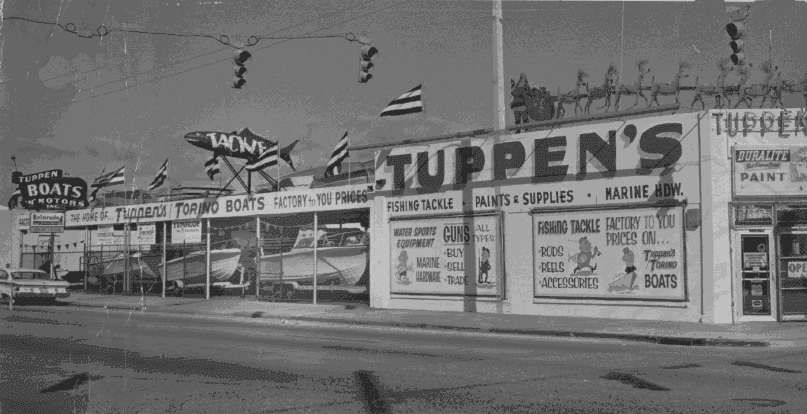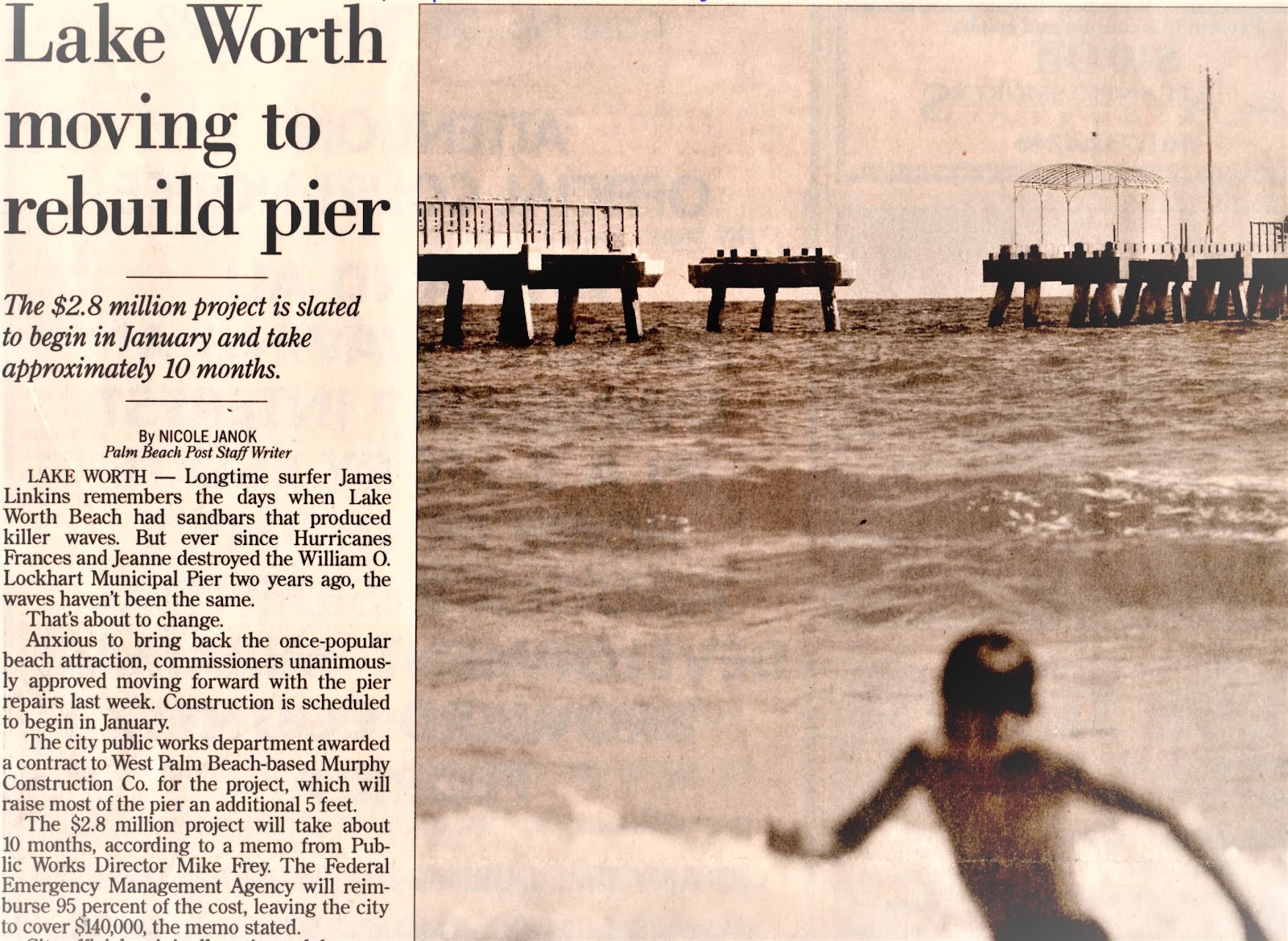 Well, it's Friday. I just had my favorite at Rotelli's tonight - spaghetti and meatballs - and now I'm seated in my courtyard with the tiki torches burning. A real nice tropical night. There's some jasmine in the air too. Anyway, time to catch up on the some of the week's happenings.
Well, it's Friday. I just had my favorite at Rotelli's tonight - spaghetti and meatballs - and now I'm seated in my courtyard with the tiki torches burning. A real nice tropical night. There's some jasmine in the air too. Anyway, time to catch up on the some of the week's happenings.You might want to grab a refreshing beverage, as this entry may be a long one.
It was a rather light City Commission agenda last Tuesday. The "meaty" item was the Gateway Zoning District 1st reading regarding a change in maximum density from 20 (with a possible City Commission bonus of 10 additional units an acre for public benefit) to 30, with the same bonus provision - bringing the total allowable up to 40. The Commission ended up turning it down on a vote of 3-2, with Lowe, Jennings and Drautz in the majority.
Now, how did we end up passing this way again? It was only early this year when the Gateway zoning district was established along 6th Avenue South and 10th Avenue North.
Let's go back to the whole Gateway initiative that has had a life span of at least 3+ years. This really represented a joint effort between the Planning and Zoning Board and the Community Redevelopment Agency (CRA). We worked together to improve the appearance and the long term economic viability of the area along both of our major east/west roads leading from I-95. The CRA portion was primarily the physical improvement of the right-of-way and we see the result of the first phase of that coming to a completion now in the form of our 6th Avenue South improvements.
The Planning Board's task was to create a regulatory framework in terms of a new zoning district that would buffer the interior neighborhoods along these major thoroughfares, encourage the assemblage of smaller lots into larger parcels, provide incentives for the redevelopment of the corridor with increase density (the former zoning as capped at 7 units to an acre, but the district allowed a mix of uses which included professional office) and provide design standards and limitations. These limitations really represented a "form based" zoning district - unique in the City and growing in popularity nationwide - that allowed for some predictability in the types of structures allowed in the district.
If you really want to get into the "nuts and bolts" of the district, you can go to municode.com, look up the Lake Worth Code of Ordinances. Under Zoning, Chapter 23, you will find the regulations for the Gateway zoning district.
One of the major features of the zoning district is that it allows for greater height along the 6th and 10th Avenue frontages, along with the possibility of commercial uses on the first floor. The allowable height and the variety of uses is increasingly restricted as one goes further north and south in the blocks that line both avenues, creating a transition to the surrounding residential neighborhood. Height along the avenues is a minimum of two stories, with a maximum of three. A total of five stories are possible, if granted by the City Commission for the provision of certain public benefit items.
At the time that the Planning Board made its original recommendation (about a year ago), we had a protracted discussion regarding what the maximum allowable density along these corridors. I must say too that the creation of the Gateway zoning district was a subject of many of our meetings and the CRA as well - over at least a three year period. Likewise, much effort was made to educate the public in other forums regarding the creation of this new zoning district and the public improvements to be undertaken by the CRA.
Back to our story: After much discussion, the Planning Board was really torn between allowing 20 or 30 units to an acre, with the bonus of 10 units an acre possible. As I remember, we erred on the side of 30 units to an acre in order to provide the greatest incentive for redevelopment and realizing that there were other significant controls on development that would limit the intensity of development.
When the ordinance reached the City Commission, the Commission elected to reduce our recommended to a max of 20, with the possibility of an additional 10. This was done at the urging of the CRA chairman - who later indicated he misspoke. The motion passed and the Gateway zoning district became part of the zoning code.
When I heard the news, I thought to myself, "Well, at least it is in place. We'll see if it works and apparently others had similar concerns regarding the density at 30 units to an acre." Again, our recommendation had much to do with providing the most incentive for redevelopment of the corridor. The long and short of it was, I was o.k. with it at 20 units to an acre and so was the rest of the Planning and Zoning Board.
Then, along comes the CRA meeting of May 23 where they asked that a letter be sent to the Planning and Zoning Board regarding the need to increase the allowable density to 30 units to an acre in the Gateway district and address the allowable commercial uses so it included a broader selection. All in the purpose of creating incentives for the redevelopment of the corridor.
The item eventually land back on our Planning and Zoning agenda where we re-affirmed our original recommendation, after compelling testimony from the chair of the CRA and other members of their board. I know that I respect the recommendations of the CRA, as do other Planning and Zoning Board members. This really helped to re-confirm our original thinking regarding the density.
In between, there was a joint workshop meeting between the Planning and Zoning Board, the CRA and the City Commission on the issue - with Commissioner Jennings asking most of the questions.
So, it ended up at last Tuesday's City Commission meeting. There were more questions from Commissioner Jennings and things got a little "testy" between the Commissioners, as explained in today's Lake Worth Herald. I spoke briefly during public comment and recited the general history of the discussion and the establishment of the district. The Chairman of the CRA was not in attendance. And after public comment, the vote ended up what I reported before - a 3-2 denial of the change.
I am essentially left with the same feeling as before. We have gone through an elaborate public process which established a new redevelopment zoning district along our major east/west corridors. Everyone involved also made the decision that this could go ahead independent of the master plan process as it preceded it and was worthy of enacting prior to its completion. I am also o.k. with the density where it is and has been, although there would be more incentive for redevelopment with a higher allowable density. We also have to keep in mind that eventually there will be a passenger transit option for the FEC (eastern) railroad tracks and that will rely on additional density along the corridor to be viable.
It is something that we will have to monitor and will end up addressing if needed in the future. That is what a community in tune with the needs of the public does: keep the zoning code as a living and breathing document that can change over time and reflect the desires of the community in the process. And, what we are left with is the result of a very open public process - this is not where one really jumps for joy over the actual result, we should just all be satisfied that the public process has produced a worthy result.
"Political advertisement paid for and approved by Wes Blackman for Commissioner – District #3"





